By Film Noir Blonde and Mike Wilmington
The Film Noir File is FNB’s guide to classic film noir, neo-noir and pre-noir on Turner Classic Movies (TCM). All movies below are from the schedule of TCM, which broadcasts them uncut and uninterrupted. The times are Eastern Standard and (Pacific Standard).
Pick of the Week
“The Birds” (1963, Alfred Hitchcock). Saturday, Oct. 25. 5:45 p.m. (2:45 p.m.)
A smug, snobbish, stylishly beautiful, and very, very blonde San Francisco socialite named Melanie Daniels (Tippi Hedren) chases a cocky lawyer she’s just met named Mitch (Rod Taylor), to his family home in scenic Bodega Bay, to mock him with a gift of love birds in a cage. Once they’ve reconnected, Mitch and Melanie commence on what first seems a typical Hollywood movie romance, with typical Hitchcockian mother problems (Jessica Tandy). And there’s another woman – Mitch’s old flame, a gorgeous brunette schoolteacher (Suzanne Pleshette).
Suddenly, inexplicably, the uncaged wild birds of Bodega Bay – crows, sparrows, sea gulls – start massing into murderous flocks or going on solitary raids, attacking Melanie and everyone else. As the attacks escalate in fury, their hapless human targets become immersed in an avian nightmare from the sky where no one is safe.
Perhaps most terrifying is the famous scene when Melanie sits on a bench outside the school to pick up Mitch’s kids, while, in the schoolroom, the children chant a doggerel nursery rhyme and behind Melanie masses of crows gather and perch, waiting quietly on the schoolyard jungle gym. Chaos ensues, with typical Hitchcockian invention and panache.
Back in 1963, critics, especially the more intellectual ones, generally attacked “The Birds.” But movie audiences flocked to it and that is the verdict that has lasted. The source of Evan Hunter’s screenplay was a novelette by Daphne du Maurier (“Rebecca”). The crisp and crystalline color cinematography is by Hitch regular Robert Burks and the menacing, shrieking bird sounds were created by Hitch’s masterly composer, Bernard Herrmann. Happy Halloween!
Saturday, Oct. 25: Horror Day
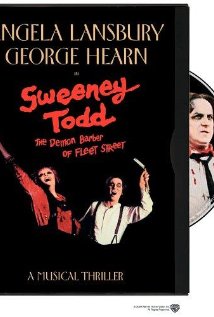 2 p.m. (11 a.m.): “Sweeney Todd: The Demon Barber of Fleet Street” (1982, Terry Hughes & Harold Price). A film of the celebrated Harold Prince Broadway staging of Stephen Sondheim’s very dark musical play about the notorious killer-barber Sweeney Todd. With Angela Lansbury and George Hearn from the original stage cast.
2 p.m. (11 a.m.): “Sweeney Todd: The Demon Barber of Fleet Street” (1982, Terry Hughes & Harold Price). A film of the celebrated Harold Prince Broadway staging of Stephen Sondheim’s very dark musical play about the notorious killer-barber Sweeney Todd. With Angela Lansbury and George Hearn from the original stage cast.
4:30 p.m. (1:30 p.m.): “Mad Love” (1935, Karl Freund). The most stylish film version of novelist Maurice Renard’s eerie horror tale “The Hands of Orlac,” in which a murderer’s hands are grafted onto the wrists of a famed concert pianist and amputee (Colin Clive) by a mad doctor (Peter Lorre), with an unspeakable yen for the pianist’s wife (Frances Drake). This one has a brilliantly maniacal performance by Lorre, and it’s a masterpiece of noir photography by German expressionist cameraman-turned-Hollywood-director Freund and his great cinematographer Gregg Toland (“Citizen Kane“). With Sara Haden and Edward Brophy.
8 p.m. (5 p.m.): “The Haunting” (1963, Robert Wise). With Julie Harris, Claire Bloom, Richard Johnson and Russ Tamblyn. The second great American horror movie of 1963. (See “The Birds” above.)
Sunday, Oct. 26
10 a.m. (7 a.m.): “In a Lonely Place” (1950, Nicholas Ray). With Humphrey Bogart, Gloria Grahame and Frank Lovejoy.
8 p.m. (5 p.m.): “Dr. Jekyll and Mr. Hyde” (1941, Victor Fleming). The often-filmed Robert Louis Stevenson thriller about the good doctor whose potion turns him into a bad man. Spencer Tracy’s Jekyll-Hyde is much more realistically and psychologically played than the classic hammery of predecessors John Barrymore and the Oscar-winning Fredric March. Tracy does him with less extreme makeup, as a brilliant, sensitive but tormented Victorian Britisher beset with repressions and secret desires that explode into evil with the creation of Hyde. Fleming directed this movie near his “Gone with the Wind”-“Wizard of Oz” heyday and, though it’s a bit slow in the beginning, the last 30 minutes are a noir triumph. The excellent supporting cast includes Ingrid Bergman (as Hyde’s terrorized sex victim Ivy), Lana Turner, Donald Crisp and C. Aubrey Smith. (Off-screen, Bergman reportedly had affairs with Fleming and Tracy.)
2:15 a.m. (11:15 p.m.): “Diabolique” (1955, Henri-Georges Clouzot). With Simone Signoret, Paul Meurisse, Charles Vanel and Vera Clouzot.
4:15 a.m. (1:15 a.m.): “Gaslight” (1944, George Cukor). With Ingrid Bergman, Charles Boyer, Joseph Cotten, Dame May Whitty and Angela Lansbury. Reviewed in FNB on August 26, 2012.
Monday, Oct. 27: Jack Carson Day
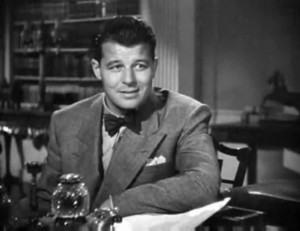
Jack Carson died on Jan. 2, 1963, the same day as noir star Dick Powell. Carson was 52, Powell was 58.
12:30 p.m. (9:30 a.m.): “Mildred Pierce” (1945, Michael Curtiz). With Joan Crawford, Jack Carson, Ann Blyth, Zachary Scott and Eve Arden.
Tuesday, Oct. 28
6 a.m. (3 a.m.): “Nosferatu” (1922, F. W. Murnau). Regarded by many critics as one of the greatest German films – and one of the greatest horror movies – of all time: F. W. Murnau’s hypnotic, brilliantly visual, unacknowledged adaptation of Bram Stoker’s vampire classic “Dracula.” Murnau’s Nosferatu, the mysterious Max Schreck, is one of the eeriest, creepiest, most frightening horror film monsters ever. He really looks as if he’d just crawled up out of a grave to kill you and drink your blood. And if you want a quick one-stop lesson in German film expressionism, here is a consummate example. (German silent, with intertitles and music score.)
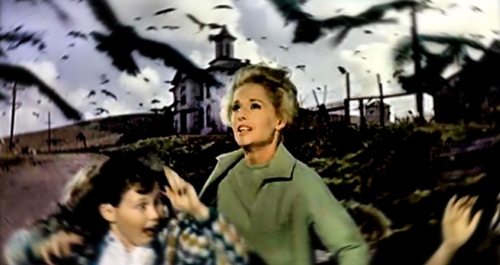
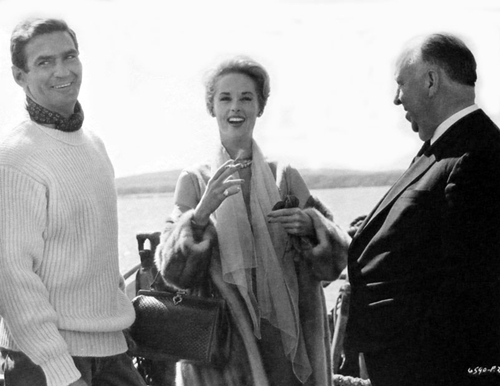
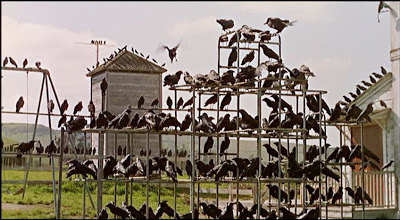
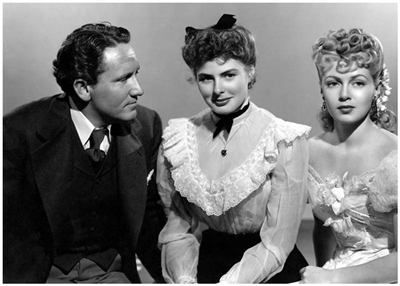





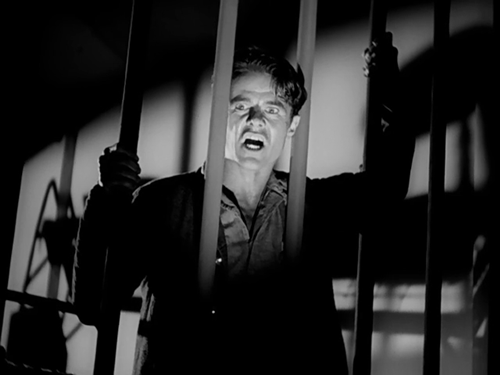
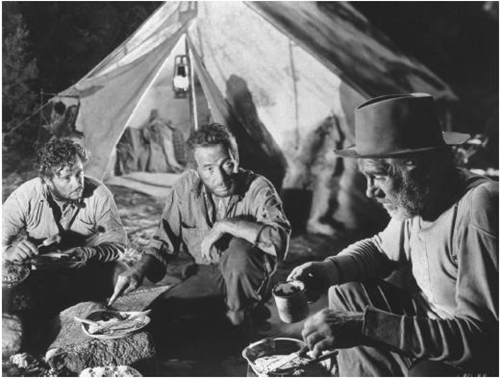
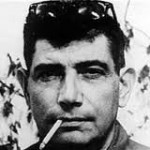
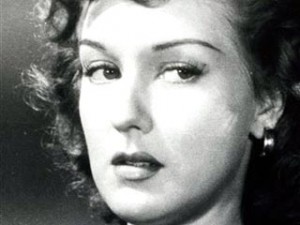
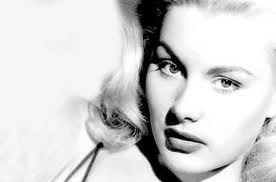





From FNB readers